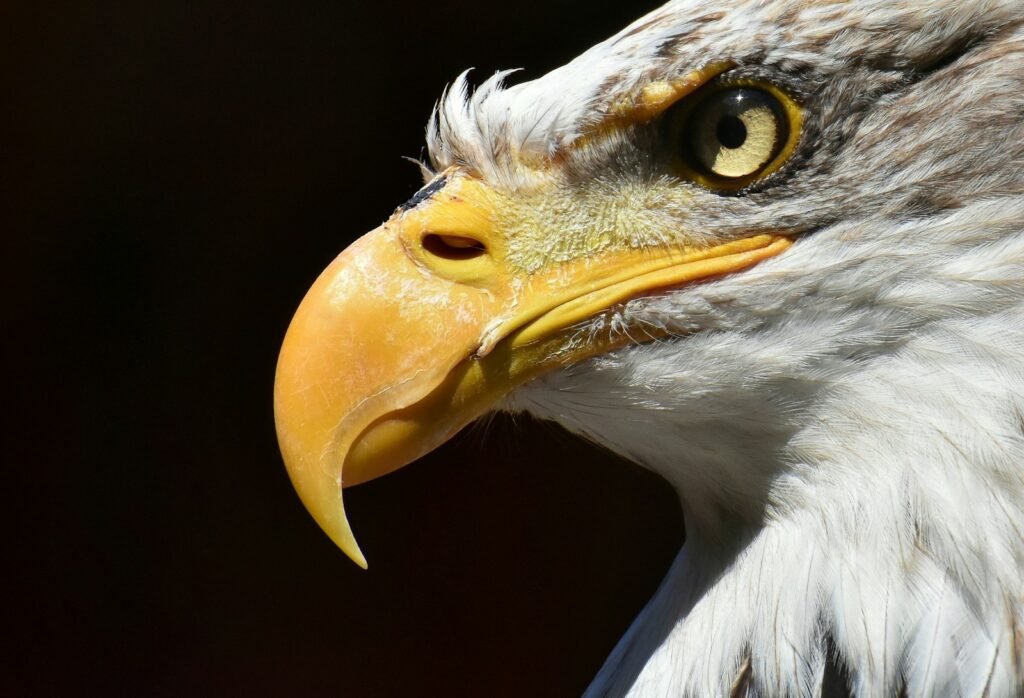Rewilding efforts aim to restore ecosystems to their natural state, often by reintroducing species that have been extirpated from these areas. In recent years, this has included discussions about reintroducing wolves and other apex predators to regions like the Adirondacks in New York State, where their populations disappeared long ago. As a project that draws interest and debate, rewilding the Adirondacks could have profound ecological, social, and political implications. But can these iconic creatures return, and what would their presence mean for the region?
The Historical Context of Predators in the Adirondacks

The Adirondacks were once home to a variety of apex predators, including wolves and mountain lions, who roamed the dense forests and played crucial roles in maintaining balanced ecosystems. However, by the late 1800s, human activities such as hunting, trapping, and deforestation led to their local extinction. Since then, much of the Adirondack landscape has reverted to forest, setting the stage for potential reintroduction efforts.
The Role of Apex Predators in Ecosystems
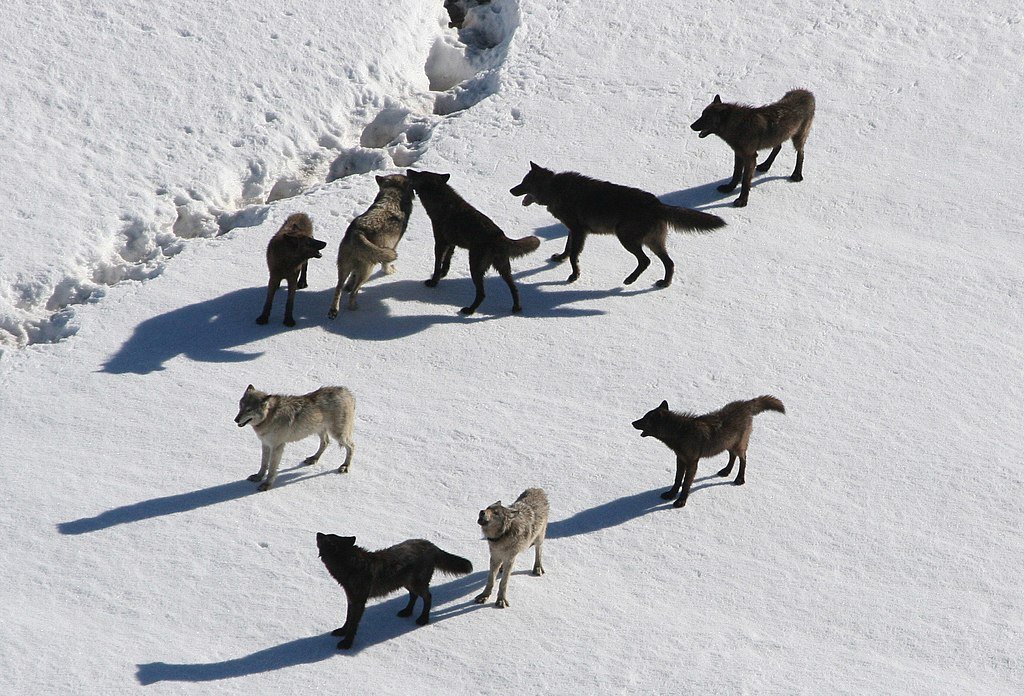
Apex predators like wolves play a vital role in maintaining the health and balance of ecosystems. They regulate prey populations, which can curb overgrazing and help preserve plant life. Their presence can also lead to trophic cascades that benefit other species and the ecosystem’s overall biodiversity. For instance, when wolves were reintroduced to Yellowstone, their impact rippled through the entire ecosystem, improving habitats and biodiversity.
Potential Benefits of Rewilding the Adirondacks
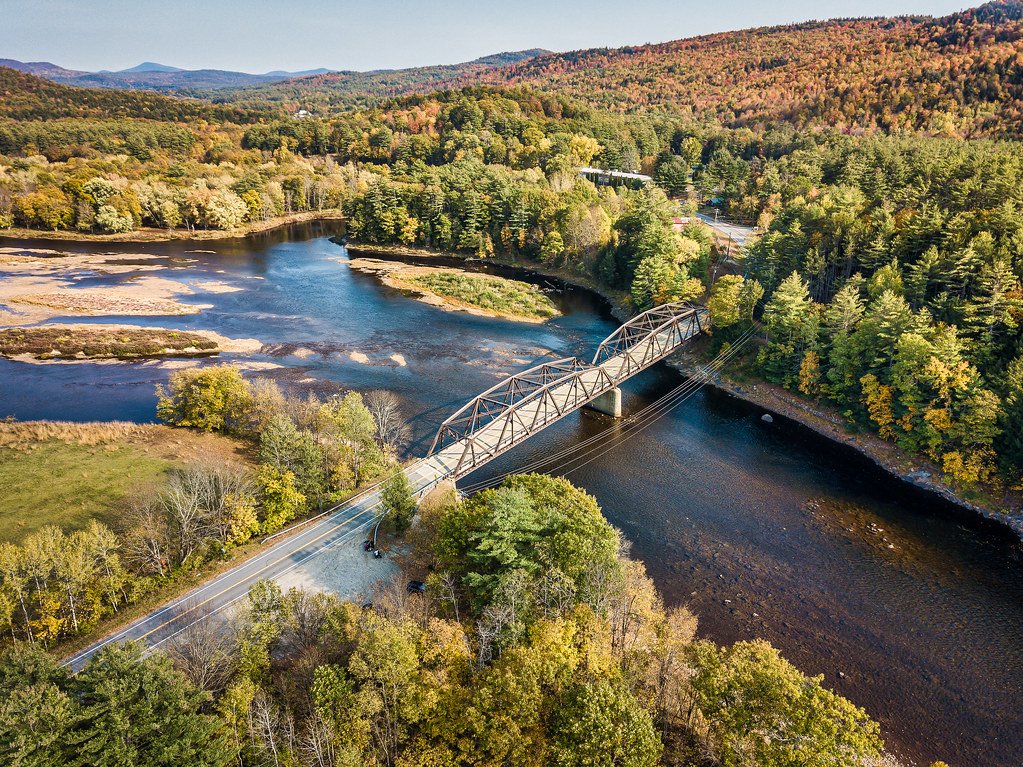
Reintroducing predators to the Adirondacks could yield significant ecological advantages. These could include improved forest health, increased biodiversity, and enhanced natural balance. Additionally, the presence of charismatic species like wolves might spur eco-tourism, providing educational and economic benefits to local communities.
Challenges in Reintroduction Efforts
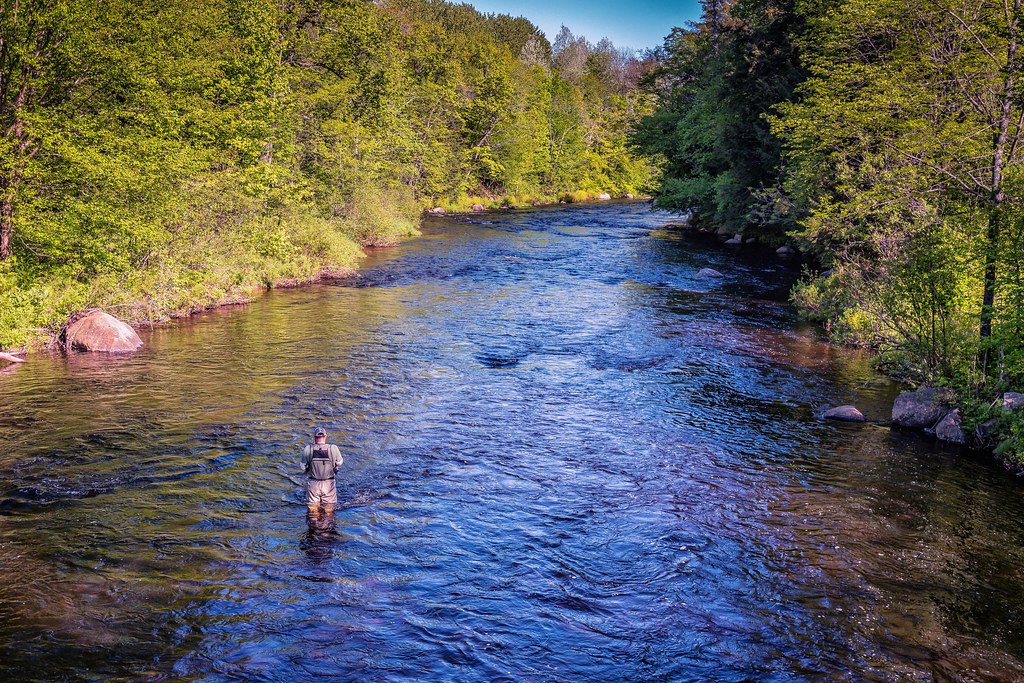
Despite the potential benefits, rewilding is fraught with challenges. One primary concern is the conflict with human activities, including livestock farming and recreation. Additional concerns include socio-political opposition and the need for public acceptance. Furthermore, reintroduced predators would require substantial large and connected habitats to thrive, posing a logistical challenge in densely developed regions.
Public Perception and Attitudes

Public perception plays a crucial role in the success of rewilding projects. Efforts to educate and engage communities are essential, as public support can significantly influence policy-making. In regions with strong agricultural traditions, such as upstate New York, garnering support might involve addressing concerns over livestock predation and perceived threats to safety.
Case Studies: Lessons from Yellowstone and Beyond
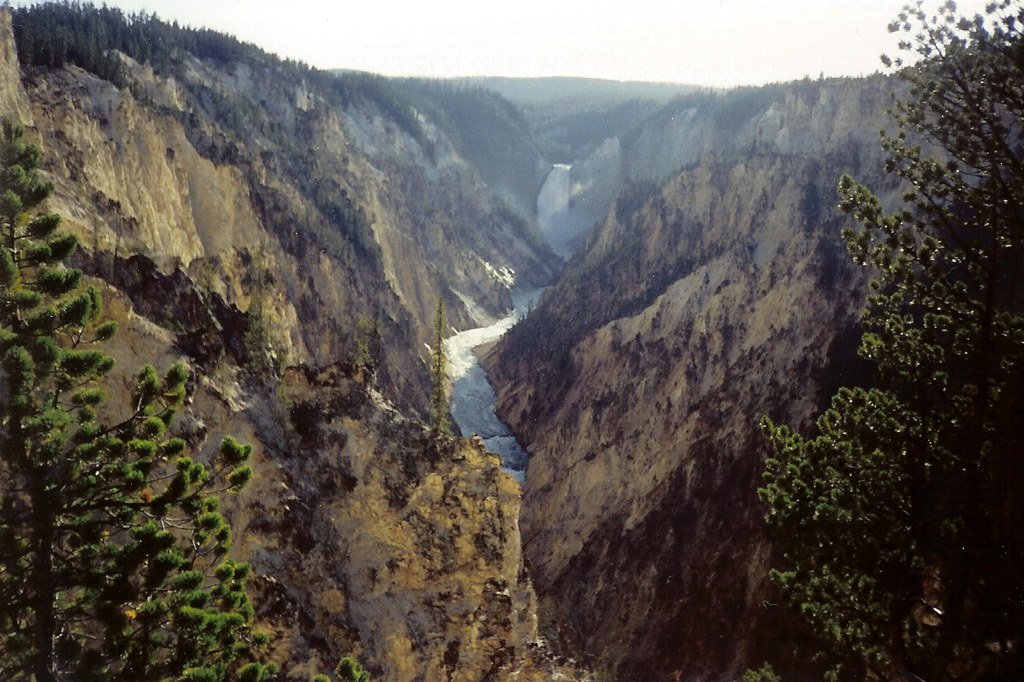
Examining successful rewilding projects, like the reintroduction of wolves in Yellowstone National Park, can offer valuable insights. In Yellowstone, wolves have helped restore ecological balance, demonstrating that rewilding can succeed under the right conditions. Learning from these examples can guide similar efforts in the Adirondacks.
The Role of Government and Policy

Effective rewilding requires robust policy support and coordination between federal, state, and local authorities. Legislation must accommodate both ecological goals and the stakeholders’ interests, enabling a structured and legal framework for reintroducing apex predators.
Potential Economic Impacts

Rewilding could foster eco-tourism, inviting nature enthusiasts and researchers to witness a revitalized ecosystem. While this could bolster local economies, careful planning and infrastructure investment would be essential to sustainably manage potential tourism increases.
Impact on Local Wildlife

Reintroducing predators would undoubtedly influence local wildlife dynamics. Prey populations could decrease, leading to increased vegetation and habitat quality. However, managing unexpected ecological impacts would require ongoing research and adaptive strategies.
Potential for Coexistence with Human Populations

Successful coexistence between humans and predators is crucial for rewilding efforts. This requires innovative strategies such as non-lethal livestock protection measures and education to dissipate myths and fears about predator behaviors and threats to humans.
Engaging Stakeholders in the Rewilding Effort

Critical to any rewilding project is the engagement of all stakeholders, including indigenous communities, conservation groups, local residents, and businesses. Establishing participatory processes ensures their voices are heard, interests respected, and innovative solutions explored collaboratively.
Innovations and Technological Solutions

Technological advances can aid in monitoring and tracking reintroduced populations. Using GPS collars and drones can provide real-time data on predator movements, helping wildlife managers make informed decisions and mitigate potential human-wildlife conflicts.
The Need for Scientific Research

Research forms the backbone of any successful rewilding initiative. Continued studies into predator-prey dynamics, ecosystem impacts, and reintroduction methodologies will be essential to adapting and refining strategies for the Adirondacks.
Conclusion: The Path Forward

The idea of rewilding the Adirondacks with wolves and other predators is both compelling and complex. While significant ecological benefits could be realized, the challenges cannot be overlooked. Success will hinge on structured policy frameworks, public and stakeholder engagement, and a commitment to scientific research. As we ponder the Adirondacks’ ecological future, the potential return of apex predators invites us to reconsider our role within nature and strive for a harmonious coexistence.




